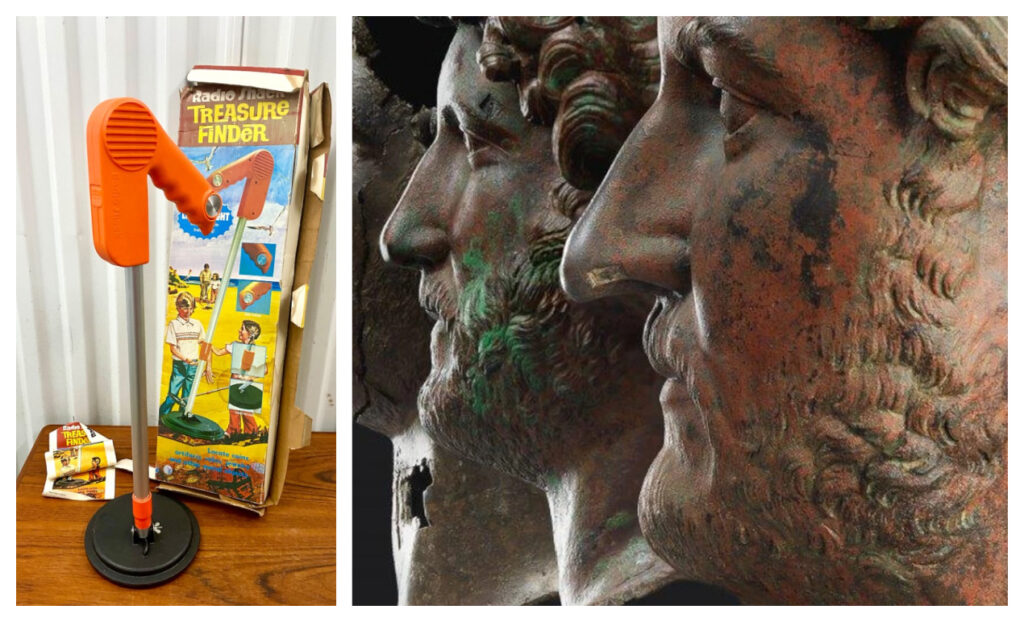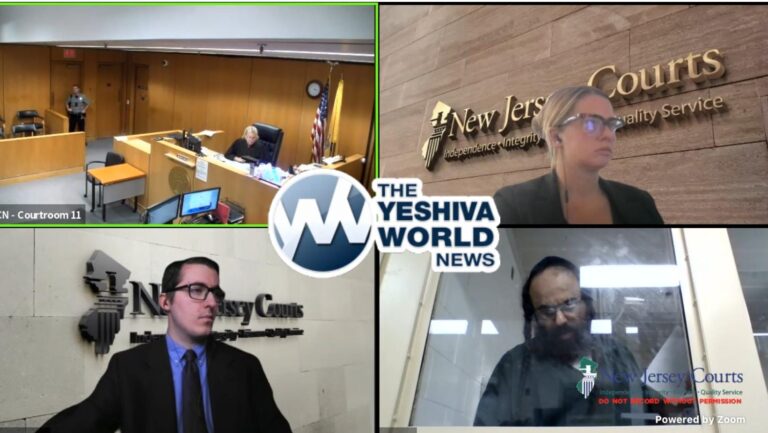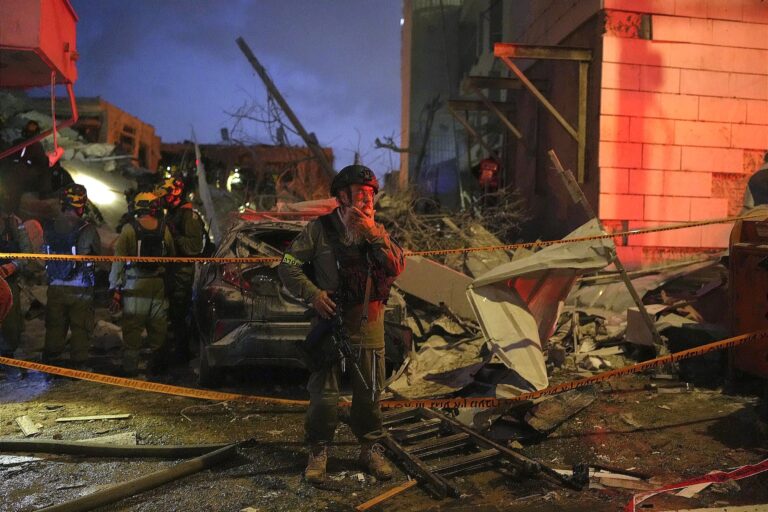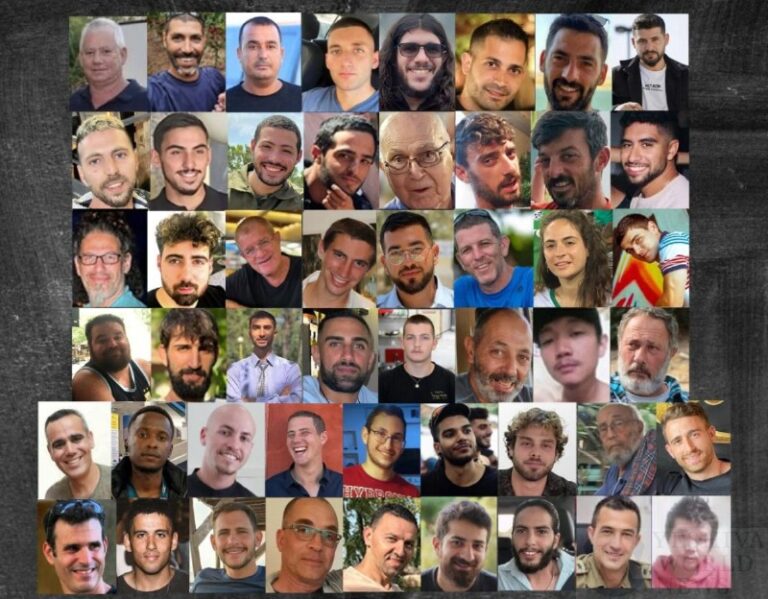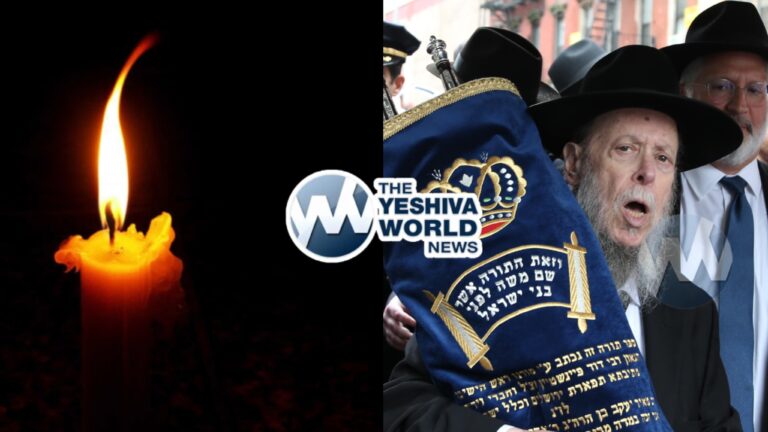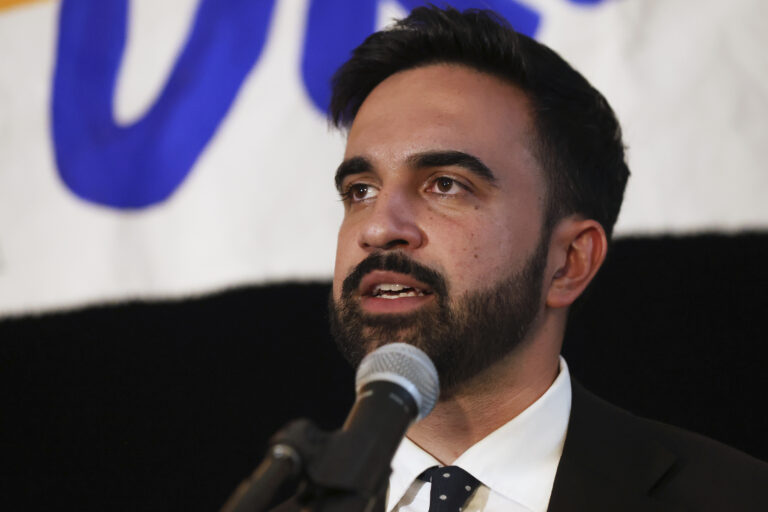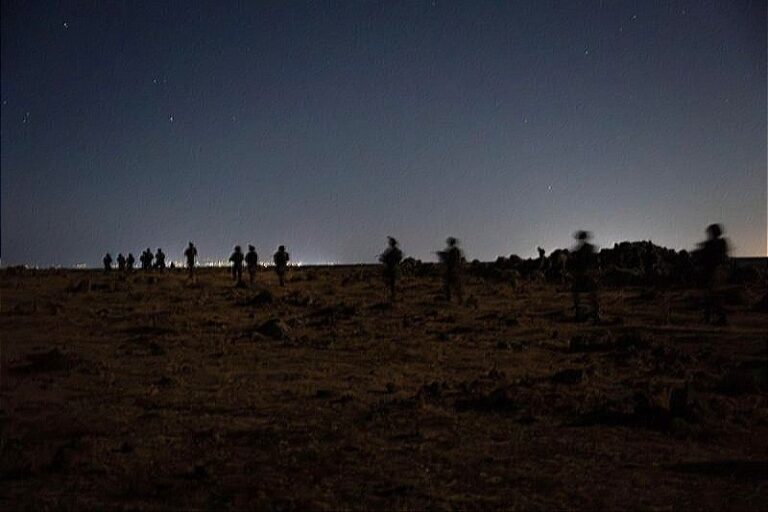By Rabbi Yair Hoffman for 5tjt.com
Those of us who remember the 1970’s can recall a somewhat crazy trend. Everyone was buying the new “very low frequency” metal detectors which offered better ground penetration. They bought it to search for cool and exotic things including gold. Radio Shack (alav hashalom?), had a $55 version that had two settings. This was a popular Bar Mitzvah present among the more modern. The more Yeshivesh often received a Sefer HaChinuch. And some got both.
Wealthier people purchased the Metrotech 220 – which was priced at $749 – unreachable to most Bar Mitzvah boys, but easy pickings for adults.
It was in the summer of 1975, when Morton Leventhal, a 38 year old adult, was visiting the Beth Shean Valley. He had with him his metal detector, the Metrotech 220, a boy scout pocket knife, a back pack and a bicycle. It was at the site of the Roman military camp known as Tel Shalem that he found it. A bronze head of the rasha and Roman emperor Hadrian. Hadrian murdered 580,000 Jews. He destroyed much of Eretz Yisroel’s structures (known then as Judea), and he re-named it after the Plishtim – Palaestina, and razed Yerushalayim to the ground. He was the one who re-named Yerushalayim, “Aelia Capitolina.” after himself, and killed Bar Kokhba. His governor, Tinneis Rufus, murdered Rabbi Akiva.
The Bronze of Hadrian It is now at display in the Israel Museum. There are two other such bronze heads of Hadrian, one in the British Museum, and for a short while, all three were at display in the Israel Museum.
Pardon the wistful digression back to the 70’s, and let’s get to the halachic discussion. Is it halachically permitted to look at a statue of a Rasha such as Hadrian?
We all hear about not looking at a Rasha, but what is the source and the reason for this prohibition? And also, if it is a prohibition, then why does the Shulchan Aruch not cite it?
The Gemorah in Megilah explains that Rebbe once inquired of Rabbi Yehoshua Ben Karcha as to how he merited to long life. He said that he had never looked upon the face of an evil-doer. He quoted Rabbi Yochanan that it is forbidden to look at the face of a rasha.
REASONS
It seems that the meforshim present three rationales for the prohibition.
- The first is that there is a force of Tumah that is on the face of the evil-doer and looking at his face could actually draw out this Tumah toward this person. This explanation seems to have been put forward by the Maharsha on the Gemorah and also author of the Kav HaYashar (chapter II). Rav Elya Lopian zt”l (Lev Eliyahu – parshas Noach) also espouses this view. Rabbi Yitzchok Meir Goldstein attributes this view to Rav Scheinberg zt”l as well as the mashgiach of Kamenetz, Rav Moshe Aharon Stern.
- A second reason, suggested by Rabbeinu Yonah in his Shaarei Teshuvah (Shaar III #193) is that one can be influenced by the person and perhaps come to befriend him. This is also the view of the Meiri in Megillah.
- The Maharsha provides another answer as explained by the Pri Magadim in his sefer Rosh Yoseph. Man was created in the Divine Image. When and if he reduces himself to act in an evil fashion, it is tantamount to a disgrace of the Divine stamp, heaven forbid. Thus looking at the face of a rasha is like seeing someone disgracing Hashem chalilah.
FOURTH POSSIBLE REASON
This author would like to suggest a fourth possible reason. Chazal were aware that there is a certain percentage of the population that are rebellious and do things bedafka. If society holds something to be anathema – this small percentage would likely end up doing it. It could very well be that Chazal were attempting to place logistical impediments to this small percentage of rebels in limiting their exposure to such people in the first place. In the past decade, the fact that so many “moderate Muslims” gave up their western tolerance and became radicalized is an example of this underlying idea.
IS A PICTURE DIFFERENT?
When the sources discussed the prohibition, they were referring to the actual person. They did not discuss a drawing or a picture. The Poskim have actually discussed whether or not one can look at a picture. Rav Azriel Auerbach shlita cited in a journal entitled BeNesivus Hahalacha (Tammuz 5772) distinguishes between real life and a picture and permits looking at a rasha through a picture. In his work, Om Ani Choma (page 40), Rav Mordechai Gross, one of the leading Poskim in Eretz Yisroel, likewise permits looking at a photograph of a rasha.
Someone once sent me a quote that Halichos Chaim (2: 362 p. 171) cites Horav Chaim Kanievsky zt”l as answering that there is no prohibition in looking at the picture of a rasha. Likewise, Rav Shlomo Miller was cited by that source permitting it.
Rav Nissim Karelitz zt”l, however, forbids it in his Chut Sheini (Vol. III page 260).
As an interesting aside, my parents, aleihem haShalom, went to see the captured Adolf Eichman y’mach shmo after he was captured and put on trial in Jerusalem. While on trial, he was held in a glass cage. Rav Mordechai Gross permits gazing upon a rasha in a glass cage.
QUESTION ON THE ORIGINAL SOURCE
One can pose an interesting question on the source of the halacha. What is being added by Rabbi Yehoshua Ben Karcha exactly – above and beyond the quote of Rabbi Yochanan?
One possibility is that Rabbi Yochanan is speaking figuratively and that it is not a full-fledged halacha. Rabbi Yehoshua Ben Karcha is thus adding that one should follow this advice, notwithstanding any social difficulties such an approach may have. This would explain why the Shulchan Aruch does not quote the halacha.
Another possibility is that Rabbi Yochana is speaking only of looking directly at the face of a Rasha. Rabbi Yehoshua Ben Karcha’s specific behavior which granted him longevity was having nothing to do with the Rasha – even beyond the letter of the law. If this is the correct understanding of the Gemorah, – then it might be a midas chassidus to avoid having anything to do with such a rasha – even beyond the letter of the law.
DOES IT MATTER IF HE IS DEAD?
According to the reason espoused by Rabbeinu Yonah, it would seem that if his movement is also dead – then one would be able to look at him, because there is no concern that he will become a follower. If, however, there is a developing Roman movement – then it would still apply.
DOES IT MATTER IF ONE BRIEFLY LOOKS BUT DOES NOT GAZE EXTENSIVELY?
There are Poskim who translate the word lehistakel as meaning “intensely gazing.” There is a debate between Rav Moshe Feinstein zt”l and the view of the Bach regarding the exact meaning of this word when it comes to looking at women. The Bach forbids it entirely, but Rav Feinstein permits looking but forbids gazing. The Mogain Avrohom (OC 225:20) makes this point explicitly in regard to looking at a rasha and thus permits it if one does not gaze intensely.
CONCLUSION
It would seem that since there is a debate in halacha about the matter, and that there are so many other factors at play here – if there is reason to do it – then one may certainly follow the lenient view. This is especially true since the Mogain Avrohom permits looking at the Rasha if one does not intensely gaze at him. May we all merit to see the era of redemption of “ki saavir memsheles zadon min ha’aretz.”
The author can be reached at [email protected]

